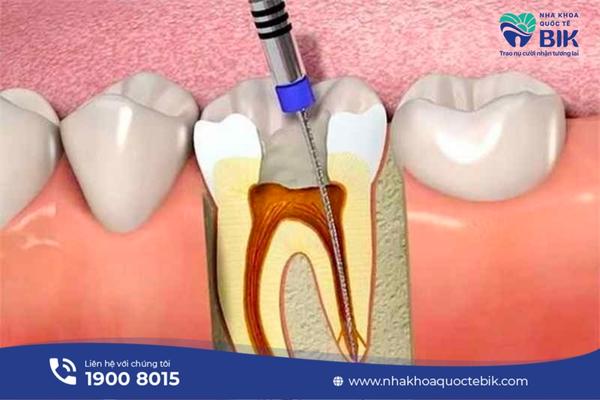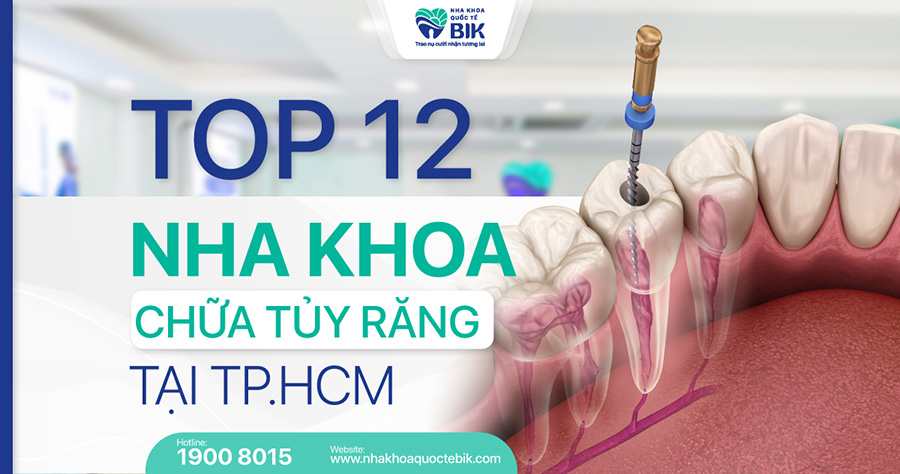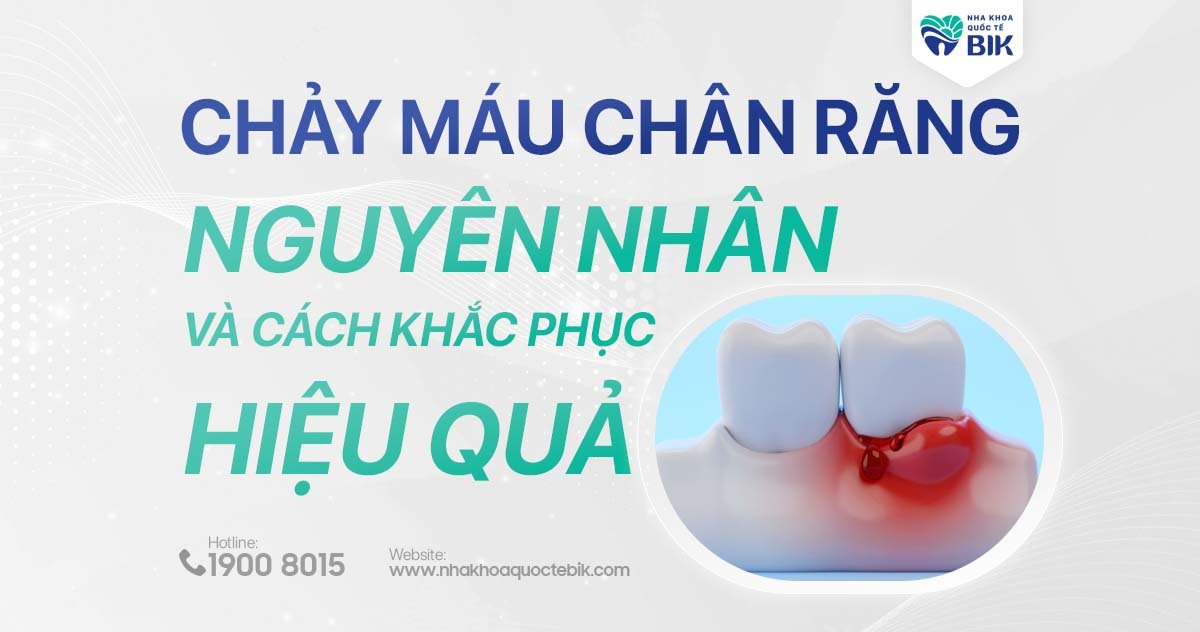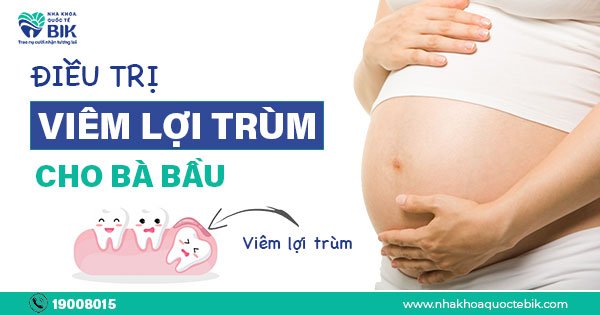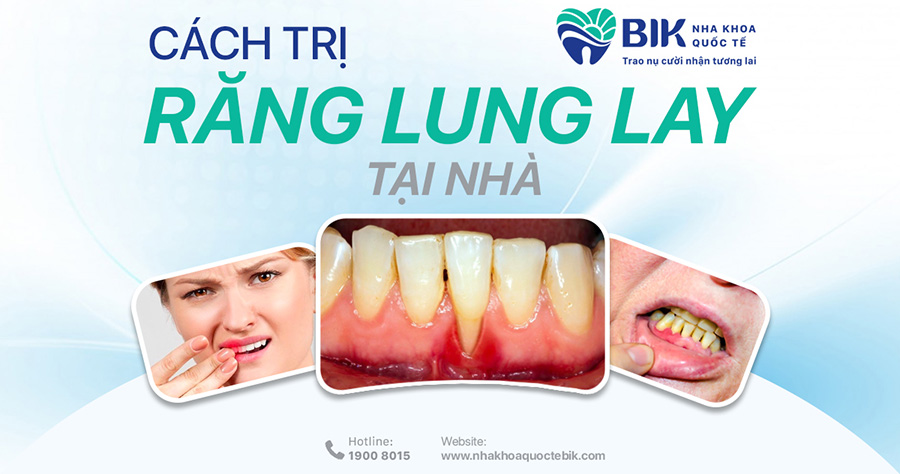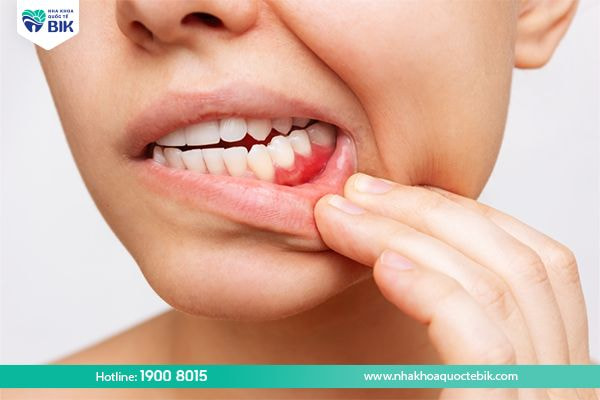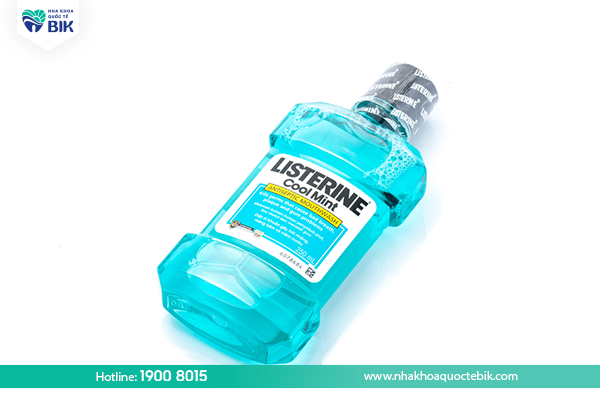Radipophyseal cyst is one of the dangerous oral diseases that can seriously affect health if not treated promptly, so patients must see a doctor for a thorough examination. Cutting a radial cyst is a rather difficult technique, so it needs to be performed by a highly skilled doctor with many years of experience in the profession to ensure safety as well as ensure that the wound heals quickly.
1. What is a radial cyst?
A radial cyst develops from a decayed tooth, the pulp is attacked, leading to necrosis and then releasing toxins at the tooth apex, causing periapical inflammation. The inflammatory process will stimulate necrosis, destroying the remaining Malassez epithelial cells in the periodontal ligament, leading to the formation of a cyst, which may or may not be inflamed. This is a form of jawbone epithelium and can press on the bone, toxins released from granular tissues cause bone loss.
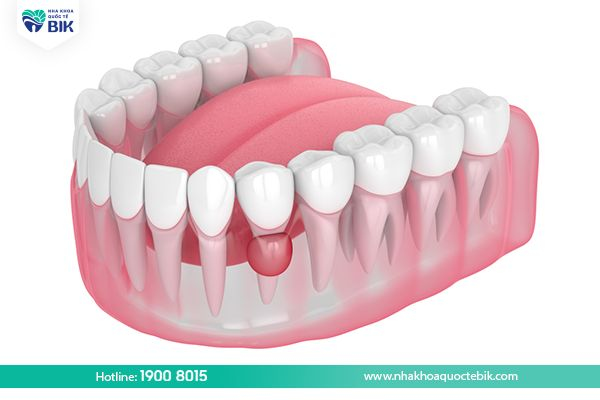
A dental cyst is the most common type of cyst in the jawbone, the upper jaw is more common than the lower jaw, the most common is a cyst in the upper incisor area. As the dental cyst grows larger, the bone is destroyed more, creating a large cavity inside the jawbone, mainly containing water but no bone. From there, the bone becomes thinner and more fragile.
2. What are the symptoms of a dental cyst?
Because the clinical symptoms of a dental cyst are quite poor, this disease is often very difficult to detect. At first, the patient does not feel any pain or discomfort, the only sign is tooth discoloration but is often overlooked. Especially for children, there will be a condition where the baby teeth do not fall out even though it is time to change teeth. When the root cyst is severe, it will cause infection and cause symptoms such as pain in the area with the tumor, pus discharge, facial swelling, loose teeth, etc.
When taking an X-ray, the image shows that the root cyst is a clear or oval bright area attached to a dead root. The tooth corresponding to the cyst has a large cavity, the root tip is in the bright area, the ligament around the tooth is dilated. The adjacent tooth is often tilted or displaced.
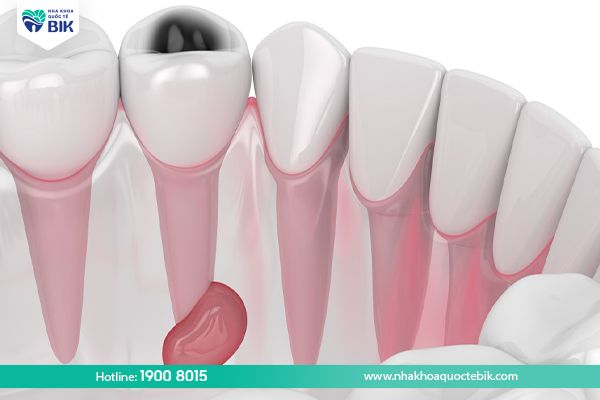
3. Are dental cysts dangerous?
Dental cysts are classified as dangerous oral diseases and have a negative impact on the patient’s health:
– Dental cysts can destroy many tissue cells around the tooth tip, which will gradually cause them to disappear, and bacteria will attack deep into the tooth pulp, destroying the tooth root from the inside.
– Dental cysts cause bone loss at the site, and in many cases are also the cause of bone loss in neighboring teeth. If not treated, it can lead to mass tooth loss.
– Dental cysts cause bone loss in the tooth socket and will directly affect the chewing function of the jaw. In addition, it also deforms the face, causing loss of aesthetics.
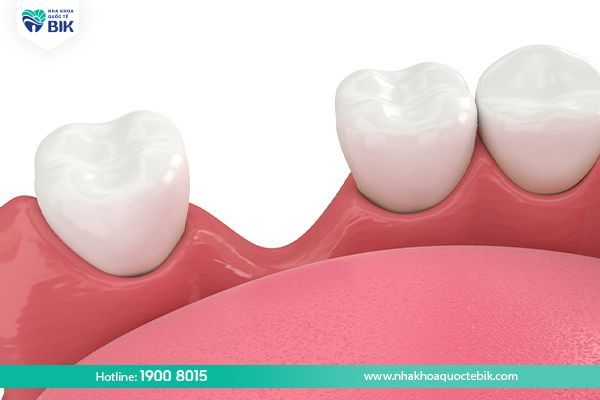
4. How to treat a root cyst
A root cyst that develops over time will destroy the tissue around the tooth tip. If not treated promptly, it will cause many dangerous complications, so it needs to be treated as soon as possible. The current method of treating a root cyst is surgery.
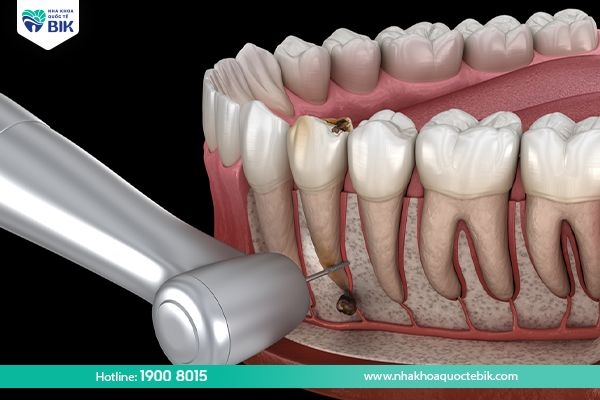
Patients need to have a general examination and X-ray so that the doctor can determine the specific condition and then provide the most effective treatment method:
- If the teeth are loose, the dental cyst has grown large, and the bone has been lost more than 1/3 of the tooth root, the doctor will have to remove the teeth, along with the cyst shell.
- If the alveolar bone is still strong enough, the cyst is small, and the root is expected to be cut no more than 1/3 of the root, the dentist will keep the tooth and then treat the root canal, fill the root canal, cut the root and remove all the shell. dental cyst.
- Maxillary cyst is too large causing destruction of the maxillary sinus, the doctor will remove the cyst and sinus mucosa and drain it into the inferior nasal passage on the same side.
- If the cyst is large in the lower jawbone, the doctor will rely on each case specific cases to indicate whether to simply remove the cyst or to use a reinforcement splint to prevent jaw fracture.
After removing the dental cyst, if the bone defect is small, No intervention is needed, the body will compensate by itself with fibrous or epithelialized tissue. In case the defect is large, the doctor will fill it with autologous materials such as bone flaps, muscles or other materials. other artificial materials.
5. Is root cyst surgery painful?
In fact, whether root cyst surgery is painful depends on the pain threshold and severity of each person. . However, before removing the cyst, the dentist will perform anesthesia to reduce discomfort, so if the cyst is small, you will only feel a slight sting. But if the cyst has spread, The pain may be a little more pronounced, especially during the healing process.
To minimize the pain after dental cyst surgery, you need to pay attention to a reasonable diet as well as such as practicing proper oral hygiene. The purpose is to avoid infection and inflammation that can recur during the healing process. If you notice signs of pus or redness in the surgical wound, you should see a dentist. to be checked immediately.
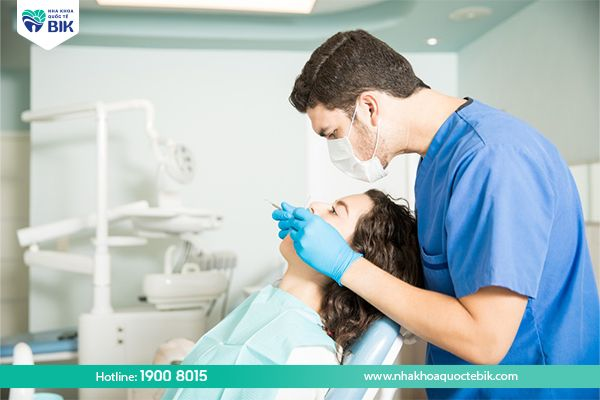
6. How long does it take for a root cyst to heal?
The root cyst surgery process, if performed by a team of doctors, If the doctor is highly skilled and has many years of experience, it will be relatively quick and not too complicated. Thanks to that, the healing time after treatment will also be significantly shortened. Normally, the wound at the surgical site The root cyst surgery takes about a week to heal normally. In addition, if the wound is properly cared for according to the doctor’s instructions, the recovery will certainly be faster, limiting the risk of recurrence. unwanted. 
So a tooth root cyst is an oral disease that can have dangerous effects on health if not treated promptly This disease cannot be cured by home remedies, so you need to go to the dentist for examination and advice on specific treatment solutions to ensure safety.

